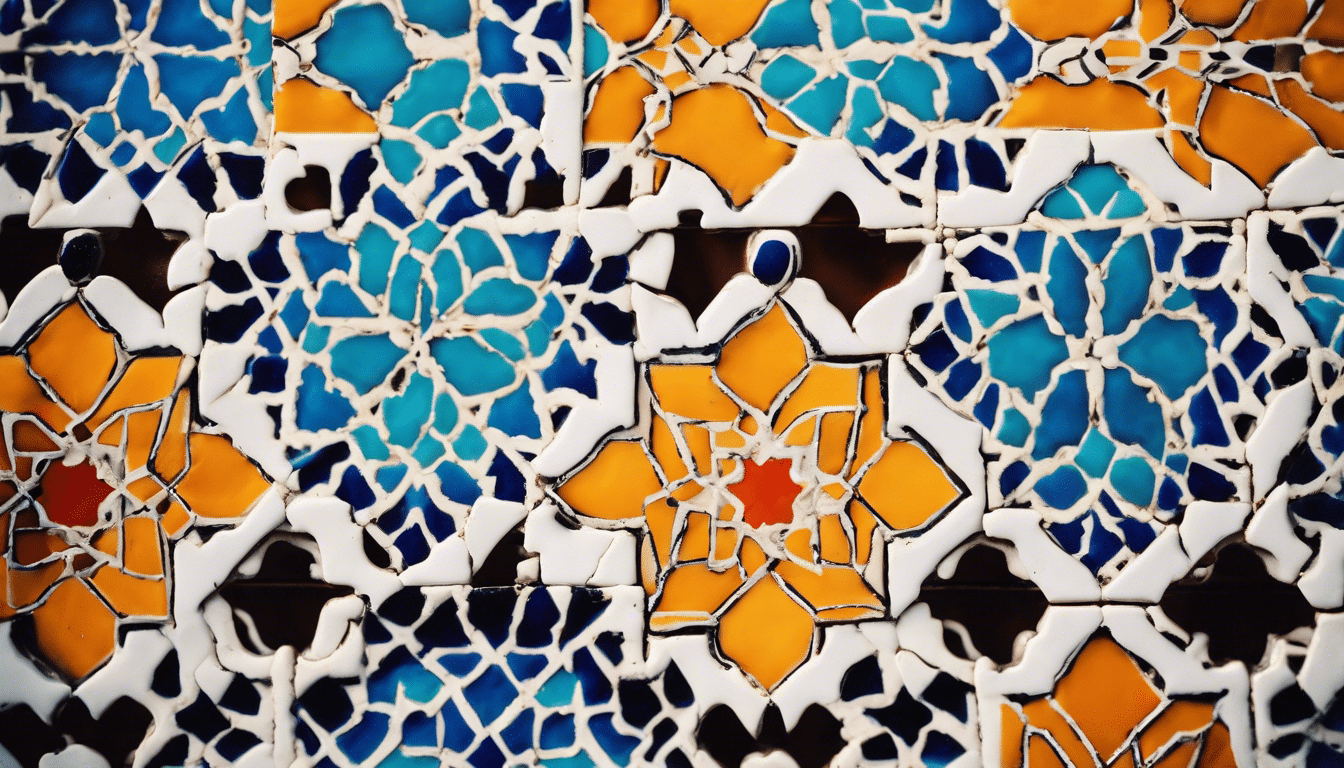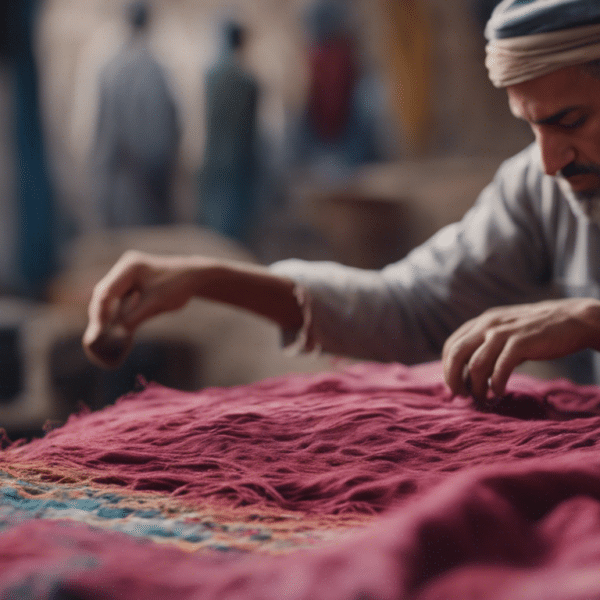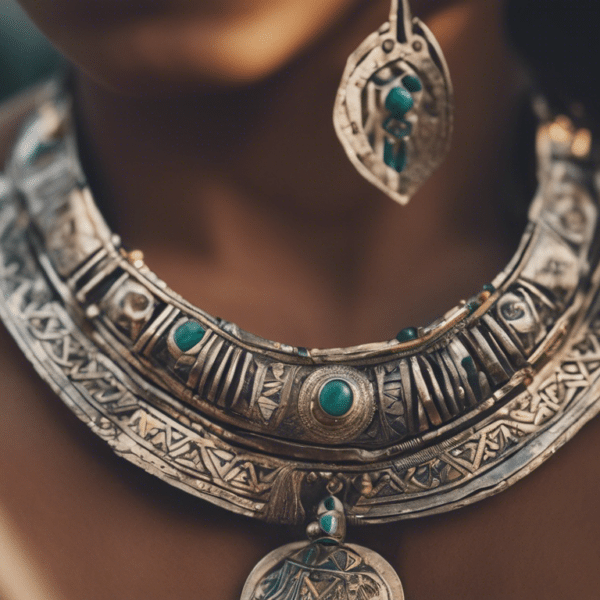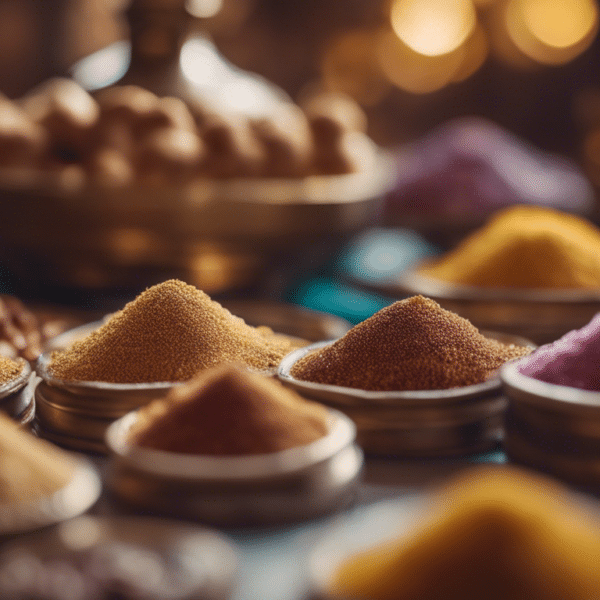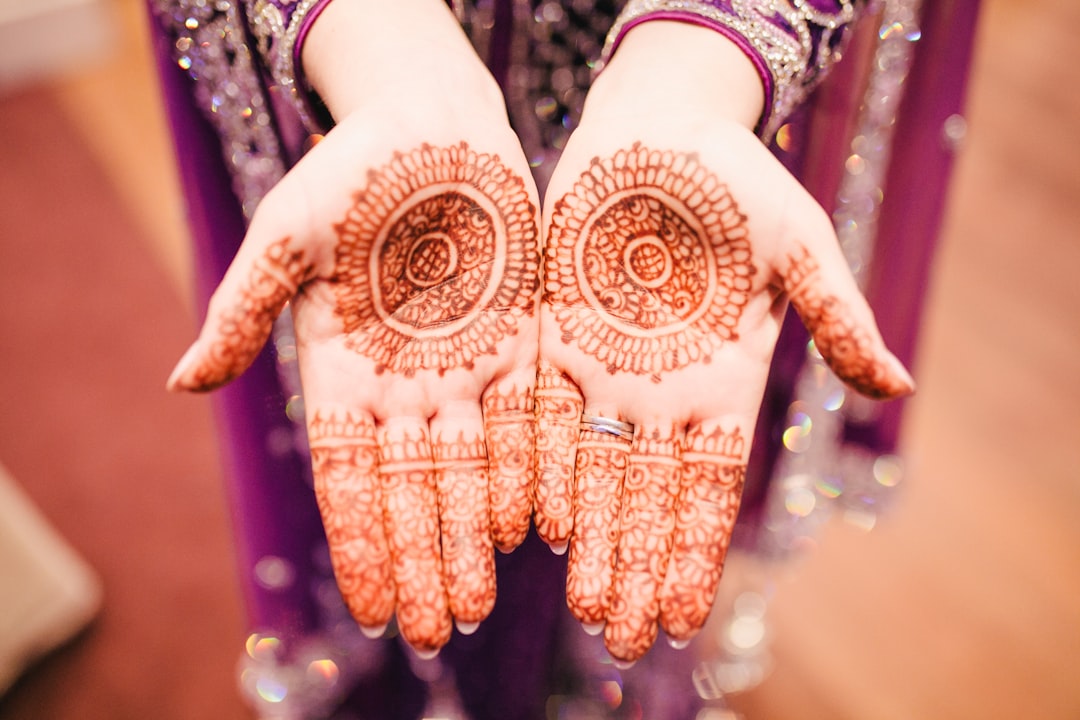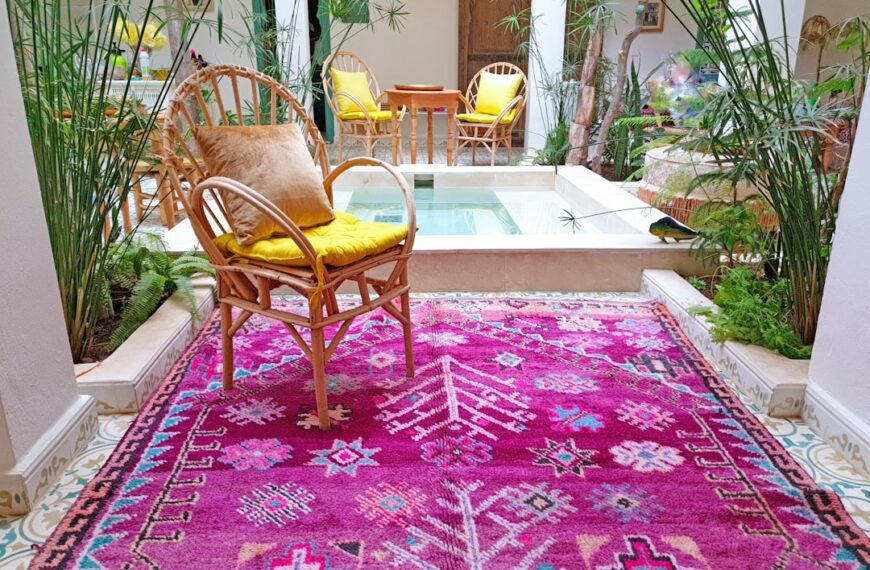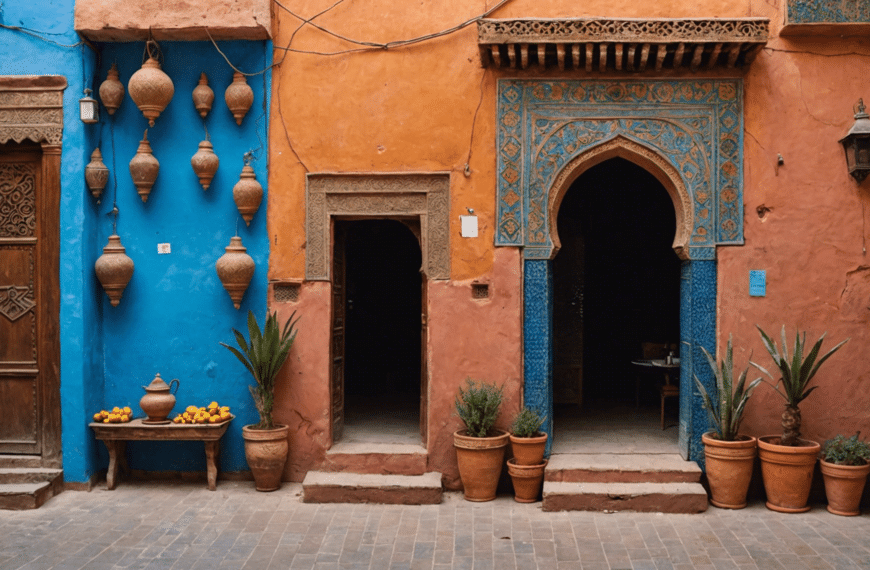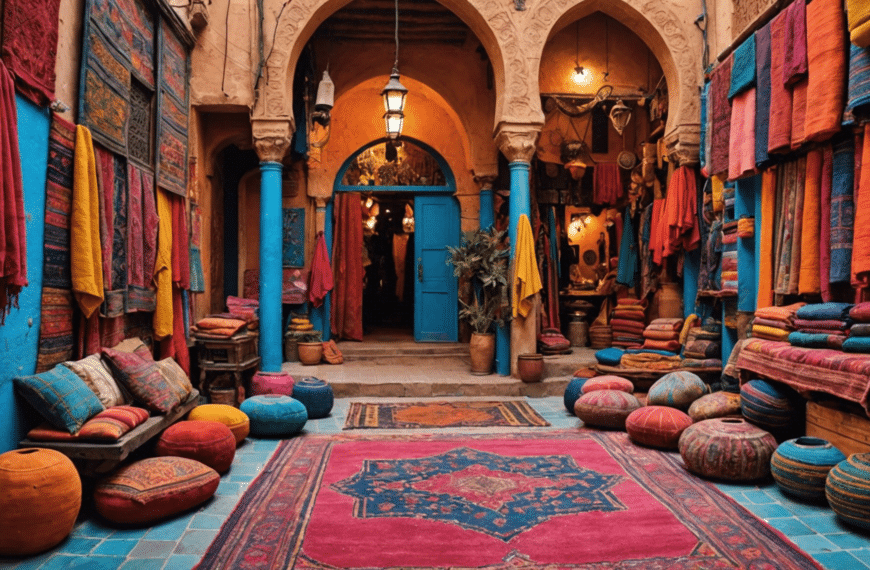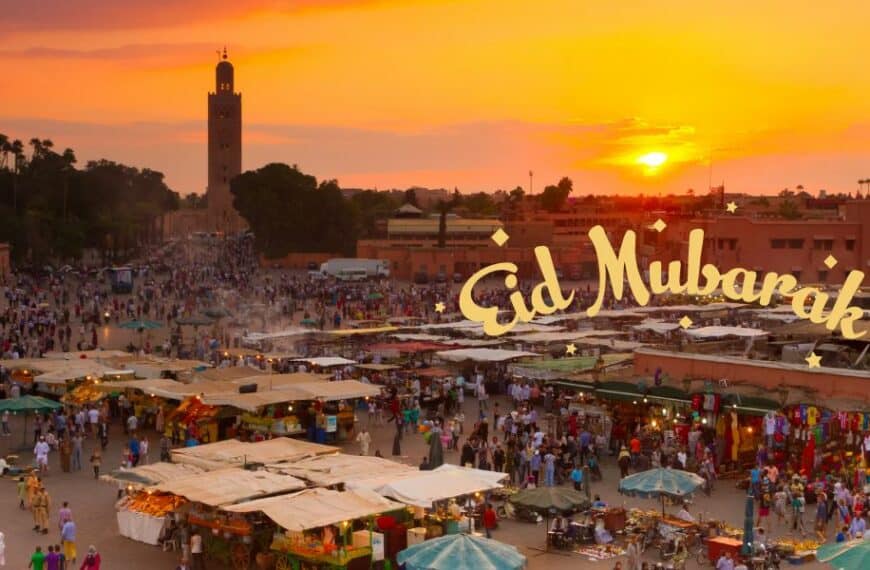Step into the kaleidoscope of Moroccan ceramic tile art, where each piece is a testament to timeless craftsmanship. This art form is a symphony of geometric precision, vibrant colors, and profound history, coming together to create more than just decor—it’s a narrative of a rich cultural tapestry that has adorned the walls and floors of Moroccan architecture for centuries. Uncover the secrets that set these ceramic masterpieces apart, from the intricate Zellige techniques to the personal stories baked into the clay, making every tile a unique journey through Morocco’s artistic soul. Join us in unravelling the enchantment of Morocco’s most celebrated art form.
The Essence of Moroccan Ceramic Tile Art
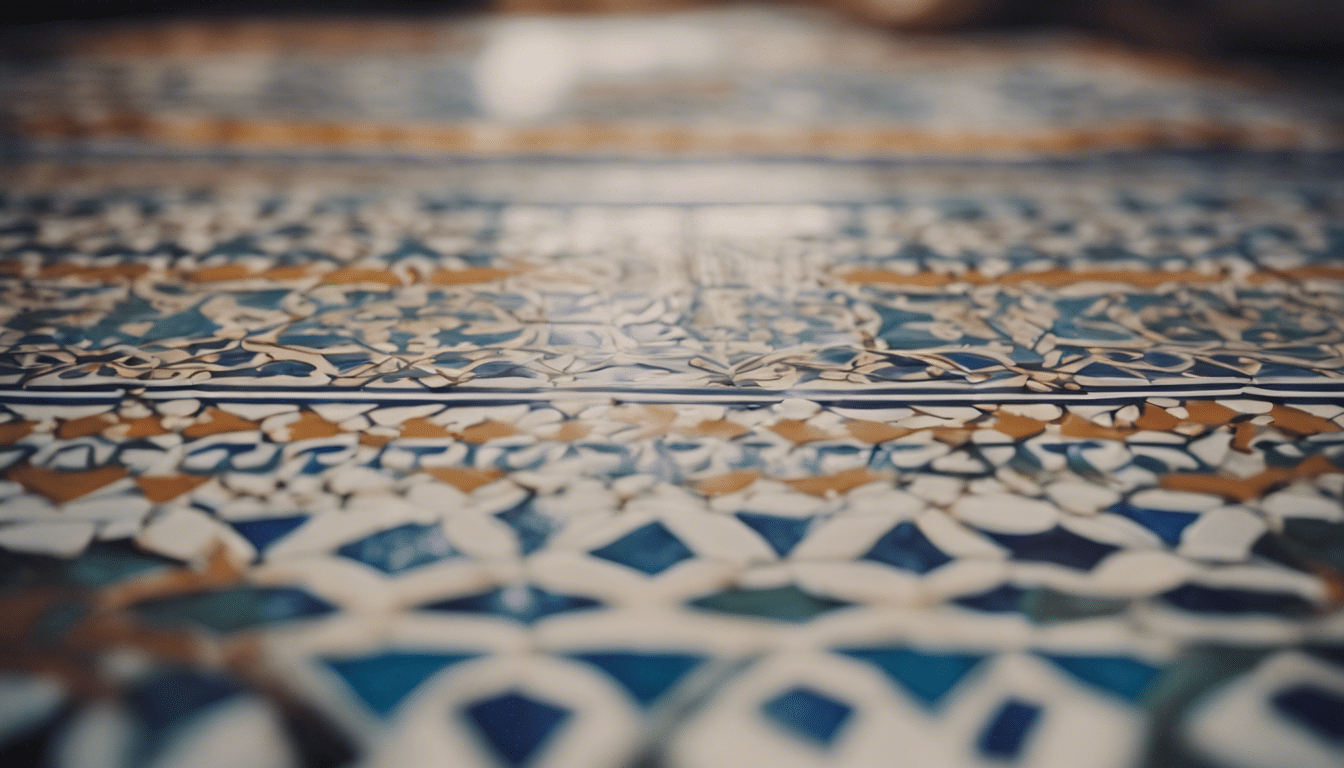
Nestled within the vibrant culture of Morocco lies a tradition as rich in history as it is in color: the art of ceramic tile making. Known as ‘Zellij’ in Arabic, this iconic craft is not merely a means to embellish the myriad spaces, but rather a silent narrator of tales past, encapsulating the heart and soul of Moroccan artistry.
The allure of Moroccan ceramic tile art is undeniable, mesmerizing onlookers with intricate geometric patterns and vivid hues that command any setting. Legends have traversed deserts and timelines, whispering stories of how this art form has graced the palaces of royalty and the courtyards of the devout. While walking through the historic cities, be it Marrakech or Fez, one cannot escape the embrace of Zellij, a tribute to the meticulousness and creativity of Moroccan artisans.
Zellij: A Process Steeped in Tradition
Crafting Zellij is a labor of devotion, a process that has been passed down through generations, untouched by the urgency of modern machinery. Artisans, known as Maâlems, honor their heritage by shaping each tile, or ‘faseekh’, by hand, ensuring the preservation of techniques honed over centuries. The art begins with the forming of clay, culled from the Moroccan earth, followed by glazing it in a kaleidoscope of colors – each color a secret mix, each mix a guarded tradition.
Once the tiles are fired and cooled, the precise task of cutting them into myriad shapes commences, a testament to the artisan’s skill and patience. The creation of Zellij is a contemplative dance of assembly, where craftsmen meticulously arrange the pieces to form the complex geometric mosaics that are symbolic of Moroccan culture.
The motifs are more than mere decoration; they’re a language without words, embodying beliefs, values, and the very spirit of Morocco. The motifs evade the portrayal of living forms, abiding by Islamic artistic norms, and instead revel in the abstraction and symbolism of geometry.
Influences and Inspirations
Moroccan ceramic tile art is a confluence of diverse cultures, drawing inspiration from Andalusian, Berber, and even Roman mosaic techniques. This blend is visually evident in the designs and patterns prevalent in mosques, madrasas, and homes throughout Morocco. The motifs interweave stories of influence and exchange, mirroring Morocco’s historical position as a bedrock of cultural intersection.
Representing the Seamless Blend of Functionality and Beauty
Zellij is not merely ornamental; it forms a pragmatic aspect of Moroccan architecture. The tiles are adept at keeping homes cool in the sweltering heat, their surfaces easy to clean, their beauty undiminished by the relentless sun. It is this pragmatic beauty that has seen the art form traverse the Mediterranean, influencing interior design far beyond the Moroccan borders.
Preserving the Art: A Legacy in Peril?
As intoxicating as the legacy of Zellij may be, the threat of modernization looms over this painstaking craft. The time-honored ways are at risk of being lost to the conveniences of contemporary production methods. Yet, there is hope, as new waves of connoisseurs and practitioners emerge, eager to sustain the precious art form. Workshops and collectives dedicate themselves to training the next generation of Maâlems, striving to secure Zellij’s place in the future of Moroccan art.
Appreciating the Essence of Moroccan Ceramic Tile Art
To truly appreciate the essence of this venerable art is to understand that every tile holds a narrative, every pattern is a chapter in the storybook of Morocco. It’s about recognizing the silent toil behind each vibrant piece and the years it took for artisans to perfect their craft. It is an invitation to lose oneself in the labyrinthine patterns, to find stillness in their symmetry, and to witness a tradition that has withstood the test of time.
For many like myself, who have traversed the globe only to find a home in the embrace of Morocco, the Zellij does not just decorate walls and floors; it ensnares the heart and captures the imagination. As a living and breathing heritage, Moroccan ceramic tile art invites those who encounter it to not only gaze upon its beauty but to revere the human spirit’s resilience and creativity embedded within.
Historical Roots and Cultural Significance
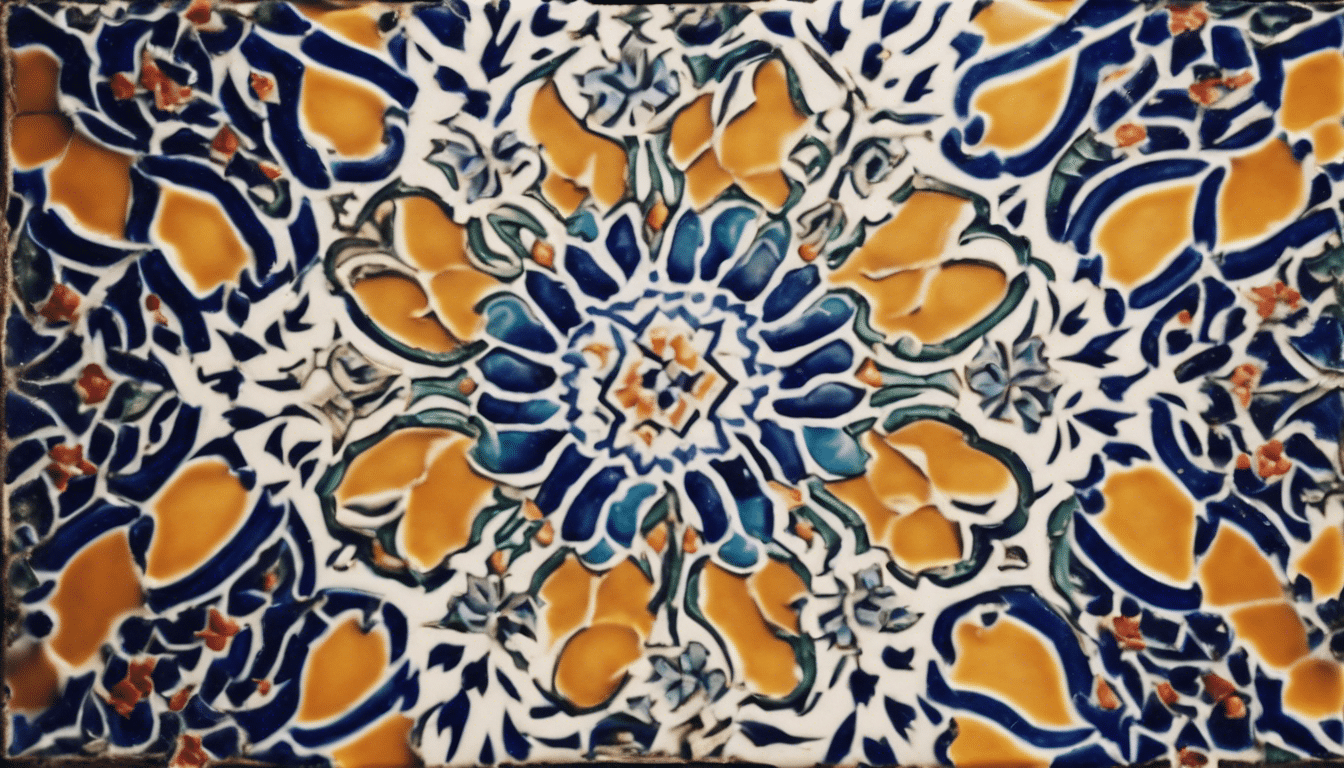
As we trace the intricate lines and vibrant colors that dance across Moroccan ceramic tiles, we are also tracking the pulse of a history rich in cultural interactions and artistic mastery. These tiles, known as zellige, are more than mere decorative pieces; they are storytellers of Morocco’s past, chroniclers of influences and eras, and bearers of deep cultural significance.
Morocco’s geographic position as a crossroads between Europe, Africa, and the Middle East made it a melting pot of civilizations—including Berber, Arab, and Andalusian—that contributed to the evolution of this art form. Zellige, the quintessence of Moroccan ceramic tile art, first emerged in the 10th century. Initially reserved for the adornment of palaces and places of worship, their use reflects the Islamic inclination for geometric patterns and avoidance of figurative imagery, which is discouraged in sacred Islamic spaces.
The historical roots of zellige are intertwined with the craft of pottery, which itself dates back to earlier civilizations. The tiles are a culmination of knowledge passed down through generations, involving the careful shaping of clay, the alchemy of glazing, and the precision of fitting the tiles together in mosaics. The cultural significance of these tiles emerges not only from their beauty but also from the craftsmanship they require—a testament to the artisan’s skill and patience.
The evolution and making of Moroccan ceramic tiles
Our journey through the annals of Moroccan ceramic tile art must pause to admire the laborious but creative process that brings these tiles to life. The earth itself provides the raw materials, with clay being extracted and kneaded, then shaped and cut into individual tiles, known as tesserae. These tesserae are subject to the kiss of fire in kilns, which transforms them into hard, enduring pieces. Pigments created from natural minerals are then applied to veil these tiles in iconic blues, greens, and yellows—colors that are integral to the aesthetic vocabulary of Moroccan design.
The arrangement of the tiles is in itself an art form known as ‘tatwir’, requiring a geometric intelligence that feels at once ancient and unfathomably complex. Artisans carefully lay out the design, cutting and setting tiles with a harmony and precision that betray years of dedicated practice. The result is a hypnotic tapestry of design that is as much a mathematical marvel as it is a visual one.
Symbolism and motifs in zellige art
Like the silken threads of a great tapestry, each symbol and motif woven into Moroccan ceramic tile art carries its own tale. The geometric shapes are not mere accidents of design but deliberate choices that communicate different meanings. For instance, the eight-pointed star often found in zellige patterns symbolizes unity and balance, while the squared-off edges of tile work speak to the Islamic appreciation for boundaries and structure within the infinite universe.
Floral and abstract patterns are equally laden with symbolism, often representing the lushness of gardens and the flowing nature of water—both recurring themes in Islamic art that evoke the splendor of paradise. Through these motifs, zellige does not simply decorate a space; it spiritually enriches it, turning walls and floors into canvasses that express ideals, beliefs, and values.
Contemporary use and preservation of the craft
Moving through the halls of history to the present day, we find that Moroccan ceramic tile art has not lost its allure. It remains a profound element of Moroccan architecture, visible in homes, hotels, riads, and even in public spaces. But more importantly, it has transcended borders, appealing to connoisseurs around the globe who are captivated by its beauty and intricacy.
The challenge today lies in preserving the traditional methods of zellige creation while also embracing new possibilities. Artisans and workshops across Morocco are dedicated to this cause, ensuring that the skills do not fade into oblivion. Meanwhile, artists are innovating with the form, introducing new patterns and utilizing zellige in contemporary art installations, thus carrying the past forward into the future.
The cultural significance of Moroccan ceramic tile art is undeniable. Its beauty lies not only in its colors and patterns but in the enduring history and craft traditions it represents. It stands as a vibrant ambassador of Moroccan culture, inviting us to appreciate the meticulous work and profound artistry that are as relevant today as they were centuries ago.
Key Characteristics Defining Moroccan Tile Artistry
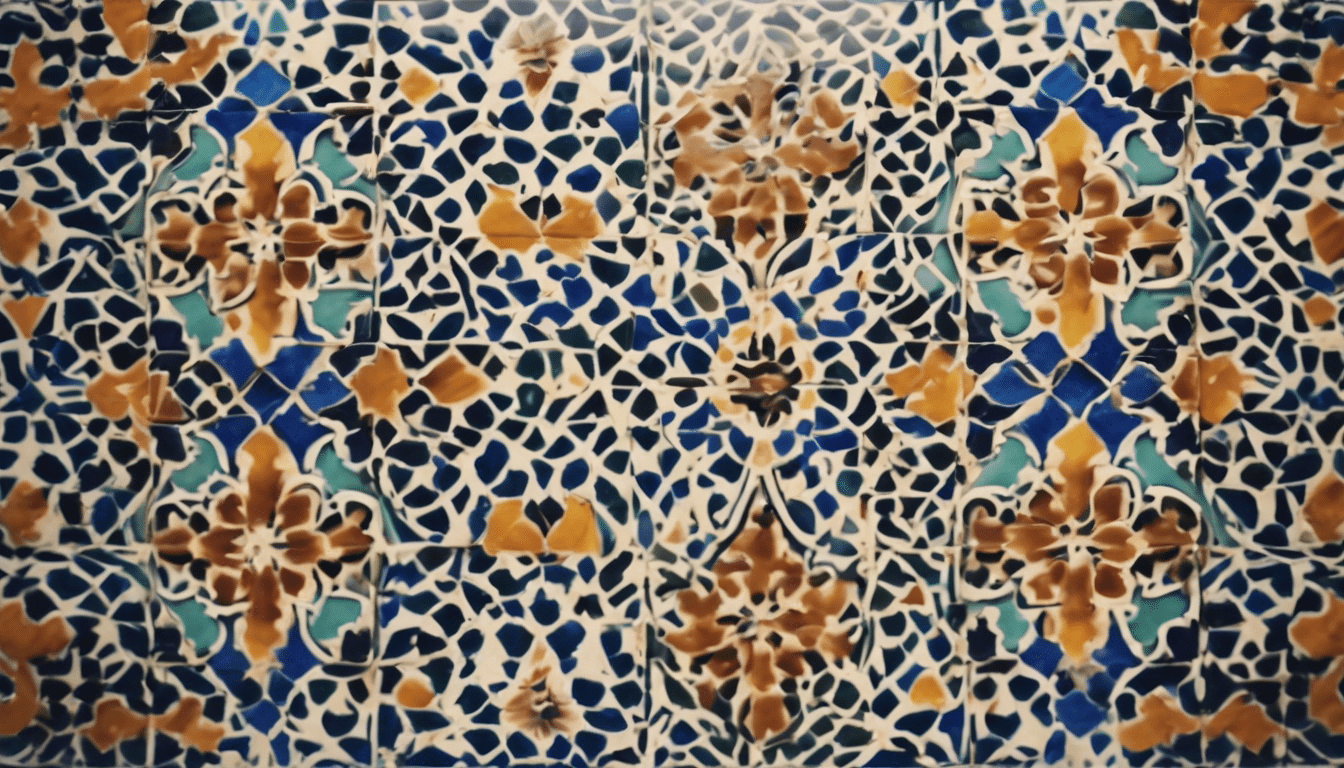
Moroccan ceramic tile art: Key Characteristics Defining Moroccan Tile Artistry
The art of Moroccan ceramics is a dance of color, pattern, and history, each piece a testament to the country’s rich cultural tapestry. It is an art form that catches the eye and captures the heart, resonating with art lovers who find beauty in detailed craftsmanship. When one speaks of Moroccan ceramic tile art, also known as zellij, it’s essential to delve into the key characteristics that define its distinct artistry.
The Vibrant Palette of Moroccan Tiles
The first thing that leaps out when encountering Moroccan tiles is their vibrant color palette. The hues are not just mere shades; they tell stories of Moroccan landscapes—from the deep blues reminiscent of the Atlantic, to the fiery reds echoing the desert dunes. Green, too, holds a place of honor, symbolizing the lush gardens and oases that dot the country. Each tile becomes part of a broader narrative, woven together with the skill of the artisans who have passed down their techniques through generations.
Geometric Symmetry and Intricate Patterns
At the core of Moroccan ceramic art is the mesmerizing symmetry and complexity of its designs. This is not just art; it’s mathematics made visible, with artisans utilizing precise geometric calculations to ensure that patterns fit together perfectly. The resulting designs are intricate mosaics, often comprising hundreds of individual tiles that, when assembled, create a harmonious whole. Whether they depict traditional Islamic motifs or abstract arrangements, these patterns are a visual symphony that brings spaces to life.
The Cultural Significance of Tile Motifs
Moroccan tiles aren’t merely decorative—they’re laden with meaning. The motifs chosen are not random; they are carefully selected to represent cultural and spiritual beliefs. The eight-point star, for instance, signifies balance and harmony, while the hand of Fatima or Khamsa is a protective emblem believed to ward off evil. By incorporating such symbols, Moroccan tiles serve as more than just a visual delight; they are also bearers of blessings and history.
The Enduring Craftsmanship of Zellij Artisans
The true marvel of Moroccan tile artistry lies in the unparalleled skill of its craftsmen. Known as maâlems, these artisans uphold a tradition that spans centuries. They start by shaping the clay by hand before it’s glazed in those signature vibrant colors. After kiln-firing, the tiles are meticulously chipped into intricate tesserae, then assembled with an eye for detail that borders on the divine. This time-honored process demands patience and precision, traits that zellij craftsmen have in abundance.
Modern Interpretations and Uses
While deeply rooted in tradition, Moroccan ceramic tile art is not static. Contemporary artists and designers draw inspiration from this venerable craft, reinterpreting classic patterns and techniques for modern tastes. Today, these tiles adorn not only palaces and mosques but also chic urban lofts and boutique hotels around the world. Their versatility in application—from floors to walls, from fountains to tables—demonstrates their timeless appeal and adaptability to different styles and spaces.
Ceramic tile art from Morocco is more than just an aesthetic choice—it is a link to an artistic heritage that continues to define and enhance spaces around the globe. In embracing the key characteristics of Moroccan tiles—the colors, patterns, meanings, and craftsmanship—one finds a connection to a vibrant culture that values beauty in every corner. Whether in the heart of Marrakech or miles across seas, these tiles continue to tell their story, one intricate piece at a time.

